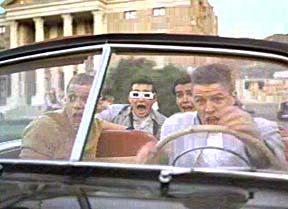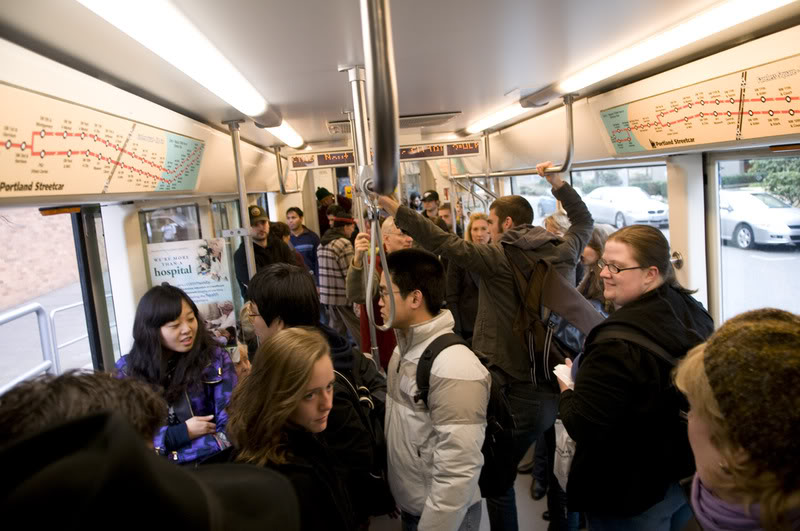We often discuss the benefits that come along with building quality mass transit: economic development, increased mobility, less time stuck in traffic, and better public health. But a recent MSNBC article illustrates one of the biggest reasons we should be building rail: making sure our city is a place where the next generation wants to live.

Generation Y is less interested in driving and “not as engaged with cars and trucks” as the last two generations, according to George Peterson, president of automotive market research firm AutoPacific. In 1994, 87 percent of Americans aged 20 to 24 had a driver’s license. By 2008, this dropped to 82 percent. You may think this is largely due to the current economy, but that’s just one factor.
A longer-term issue, according to MSNBC, is that younger Americans are more interested in the latest technologies than the latest automobiles. As we become more connected via the Internet, we become less dependent on our cars and more dependent on our smartphones.
Generation Y is also more concerned about environmental impact than any previous generation. Although older Americans might not care about (or believe in) ideas like peak oil or climate change, younger Americans do. As Generation Y continues to make up a larger part of the population, environmental concerns will play into not only personal decisions about buying a car, but also decisions about city-wide recycling programs and light rail ballot initiatives.
One 25-year-old interviewed by MSNBC provided some additional reasons why she went carless:
[Natalie] McVeigh uses public transportation to get to work and likes that she can spend her commute time reading or grading papers.
McVeigh also likes getting the extra exercise when she chooses to walk to work or to the grocery store, and is happy to be saving money and not adding any more pollution to the planet.
And here’s a big one:
“You have all this money, you know, and you decide you could put it all toward the car or you can put it toward other things like clothes, or your social life,†she said.
In other words, money currently being spent on cars and foreign oil can instead be spent at local businesses, pumping money into the local economy.
The carless twenty-somethings interviewed by MSNBC had something important in common: they fell in love with mass transit while experiencing it first-hand in cities like Washington, D.C. In cities with rail transit, there seems to be no stigma against being carless or riding mass transit, including the bus. Meanwhile, it cities like Cincinnati with only bus service, the general population isn’t very familiar with light rail, subways, or streetcars. This unfamiliarity leads to a lack of interest in building better transit, and even a discrimination against those who take it.
Although she knows other people in big East Coast cities who don’t have cars, McVeigh said she remains unusual in Denver.
“It’s still a Western town and everyone has a car,†she said. “Everyone just thinks it’s bizarre that I don’t have a car.â€
Building rail transit is about the future of Cincinnati and Hamilton County.
Cincinnati can build the streetcar and become one of the cities that attracts Generation Y. Or we can sit back and do nothing — but we can’t act surprised when our young people move to cities where they’re not forced to own a car, aren’t judged for taking mass transit, and can spend their money on more important things.
Read the full article from MSNBC.

Photo: Jake Mecklenborg

